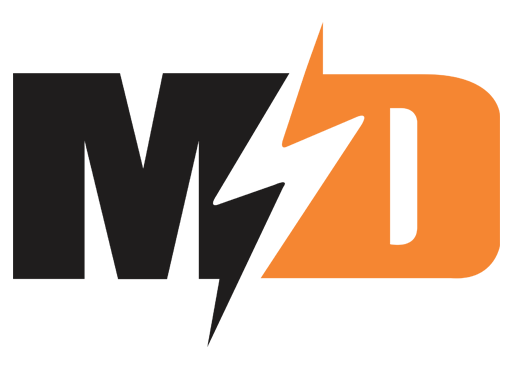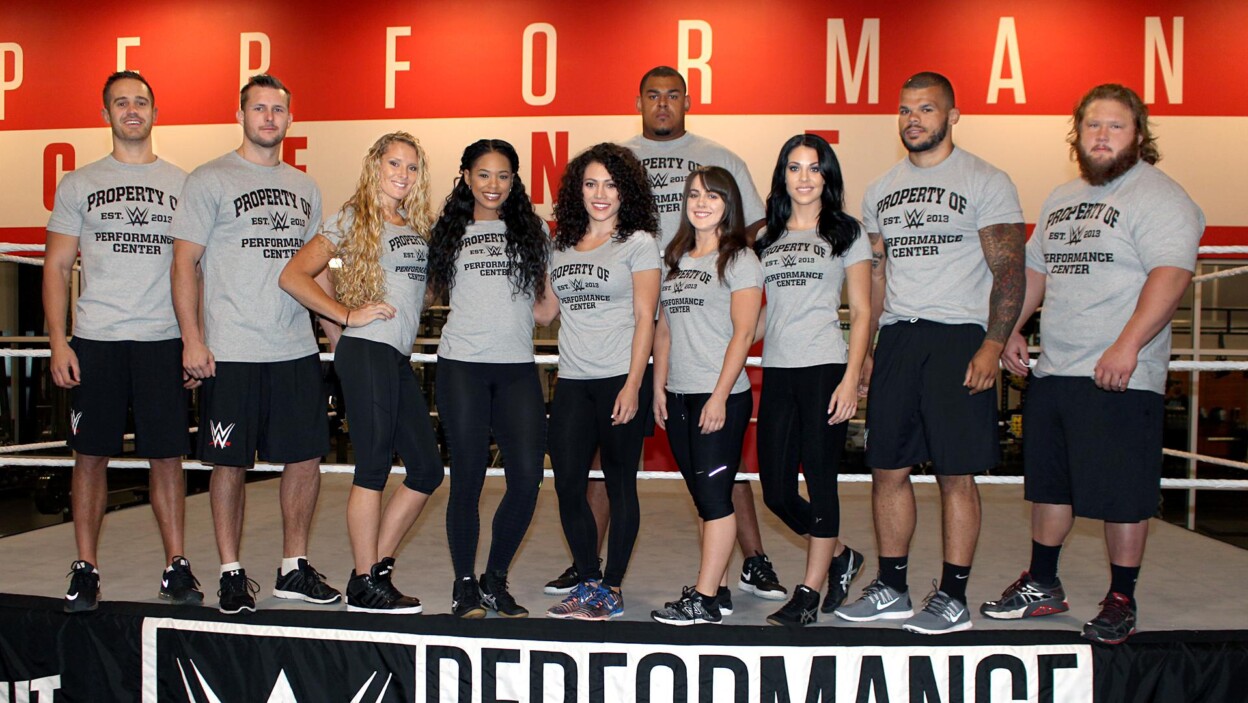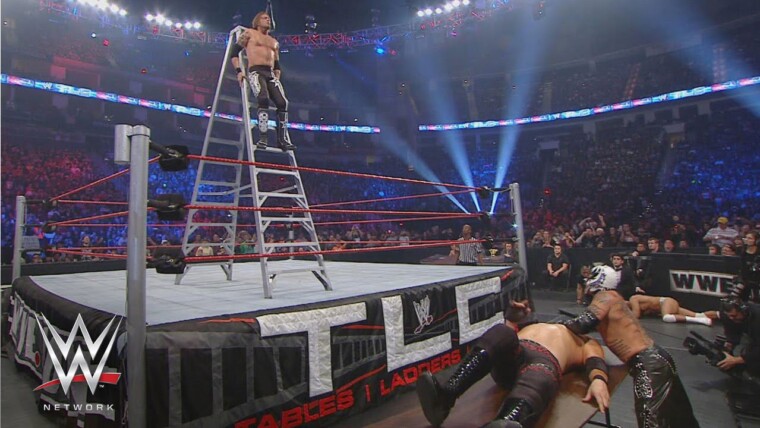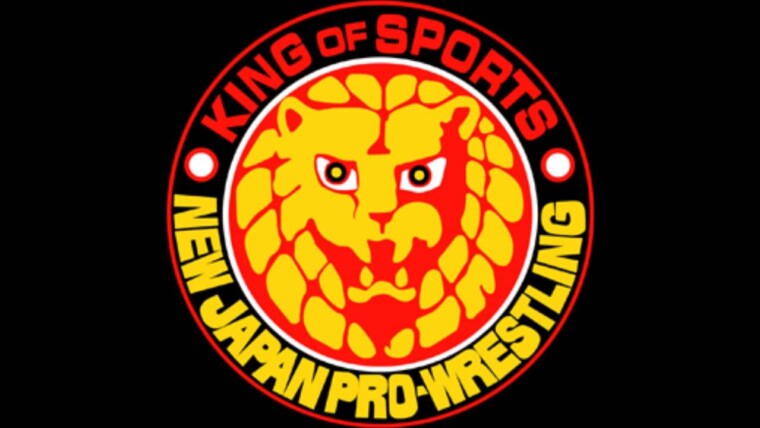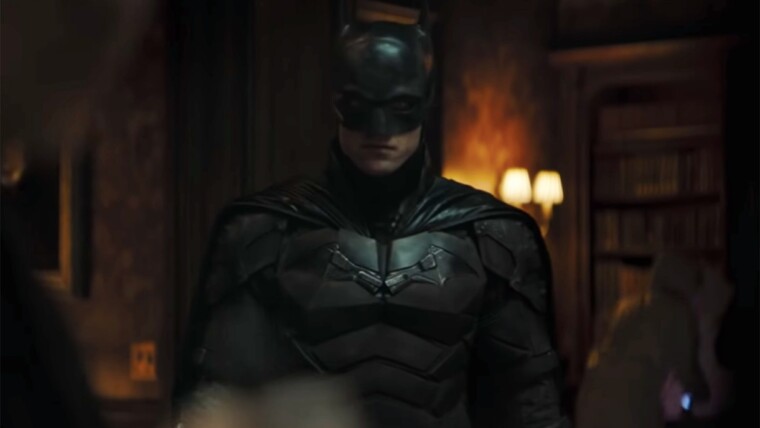History of the system.
/cdn.vox-cdn.com/uploads/chorus_image/image/60598825/20130207_LIGHT_OVW_C.0.0.jpg)
If there’s one thing WWE’s obsessed with, it’s creating their own talent and pushing them over more talented wrestlers who weren’t WWE-made. For many years, Florida Championship Wrestling (FCW), Ohio Valley Wrestling (OVW) and Deep South Wrestling (DSW) were WWE’s developmental brands and they farmed talents for WWE to eventually call up. These brands produced a long lineage of talents who would eventually go on to become household names in the WWE.
Some of the names to come out from this system include Brock Lesnar, John Cena, Batista, The Miz, and Randy Orton. There were, however, some names in these developmental brands who were already stars in the independent circuit before signing on. Names like Seth Rollins, CM Punk, Dean Ambrose, and Daniel Bryan. Despite their prior experience in the indies, they were sent to developmental to polish their skills and transition into the WWE style.
Prior to WWE relying on their developmental system, their model was to poach wrestlers from other territories and companies. Names like Ric Flair, Shawn Michaels and Hulk Hogan spring to mind. It was only circa 1996 where WWE started to rely on developmental when Jerry Lawler and Jerry Jarrett’s Memphis-based USWA was officially designated as the promotion where green WWE-contracted talent went to improve before debuting on WWE television. The most famous alumni of this relationship are easily The Rock and Sock Connection, as Mick Foley fine-tuned his Mankind gimmick there and Dwayne Johnson cut his teeth as Flex Kavana. Some other notable WWE talent that spent time in the USWA included JBL and Kane.
But the USWA closed, and less than six months later, WWE started sending their developmental talent to Memphis Power Pro Wrestling, which is where names like Kurt Angle and Charlie Haas amongst others, cut their teeth. WWE eventually ended ties with Memphis Power Pro Wrestling later on.
In 1999, the WWE opted to put their development eggs into two baskets: Jim Cornette and Danny Davis’ aforementioned Ohio Valley Wrestling and Terry Golden’s Memphis Championship Wrestling. WWE eventually opted to end their relationship with Memphis Championship Wrestling, keeping only a handful of wrestlers from that roster.
They then added Les Thatcher’s Heartland Wrestling Federation but they eventually ended their association with the promotion in 2002. That left OVW as WWE’s sole developmental promotion until 2005, when they decided to add the aforementioned Deep South Wrestling. The WWE pulled its support from DSW in April 2007 after less than two years of working together, allegedly because of how substandard the whole operation was being run. After WWE unceremoniously ended its relationship with DSW, they chose Florida Championship Wrestling.
They also became the only WWE developmental promotion in 2008 after WWE cut ties with OVW after almost a decade of working with each other. FCW remained WWE’s sole developmental territory until 2012. In August 2012, WWE re-branded Florida Championship Wrestling into NXT for their developmental territory, with storylines and championships being discontinued.
The current system.

Today, NXT has taken a life of its own and is arguably levels above the other previous territories. One could even argue that NXT’s product is better than WWE’s actual product. There are many beloved names from the NXT alumni, like Finn Balor, Bayley, Sasha Banks, and Sami Zayn. NXT is the brainchild of Triple H and he deserves a lot of credit for his hard work. In fact, a large part of the current main roster spent some time in NXT.
No matter what WWE would have you believe, NXT is basically the minor leagues for the WWE main roster. It is where wrestlers are sent to get acclimated to the WWE style of wrestling and get their feet wet in the company. They develop their characters and gimmicks and have the freedom to express themselves and get over with the WWE universe.
Currently, hardcore fans have decisive opinions on WWE’s product. There seems to be a lot of frustration with the main roster and the utilization of talent, while on the contrary, the opinions on NXT are very positive. Despite being owned and operated by the same company, NXT has achieved a lot of critical success while the main roster has been frequently panned by critics. Why is that? The easy answer is that under the guidance of Triple H, who has a better understanding of what the modern fan wants, while the main roster is largely under the guidance of Vince McMahon and his administrative circle who is behind the times and has “lost touch” with the fans.
Part of the reason for NXT’s critical success is that WWE has become more open to signing different varieties of talent in recent years. Years ago, WWE would have never signed so many smaller performers, like Johnny Gargano, Ricochet, Tyler Bate, Kyle O’Reilly, etc. They also would have never signed as many Japanese names, especially Joshi performers like Kairi Sane, and they wouldn’t have invested in the women’s division that much. NXT is doing so well because WWE has become more considerate of talents that don’t meet their specific mold of a wrestler, which has greatly enhanced the diversity of the roster.
The main roster though is not short on talent. The biggest difference between NXT and the main roster is NXT effectively used their talent while the main roster often struggles.
Another big reason NXT has been so successful is that they don’t produce a ton of content. NXT is one hour each week, and the TakeOver shows are around 2 and a half hours and take place every three months. That makes the product easy to follow and fans never have to invest massive amounts of their time watching the show. I think it’s safe to say that a majority of the WWE fanbase does not particularly care for RAW lasting three hours every week, and the same can be said for PPV shows running on average close to five hours. Fans get burned out and it’s hard to be enthusiastic about a mid-card match taking place 4:30 into a show. Creatively NXT is able to get by much easier because the creative team doesn’t have to come up with a bunch of content to fill all those TV hours every week.
Unfortunately, this would be very difficult to implement on the main roster since WWE’s revenue is so closely tied to their television contracts. WWE makes their revenue by delivering a lot of content each week to their network partners, and they are not cutting into their billion dollar deals so they can have a product that’s easier to watch. WWE’s business model is now built around filling five hours of television each week, and that means they have to really stretch out their content to take up all of that time. The NXT model is nice, but it’s never going to turn the profits the current model is generating.
NXT success doesn’t guarantee main roster success.

Spending time in NXT, however, is hardly a guarantee of success on the main roster. Even if a certain wrestler gets naturally over with the crowd, that might not be the case in WWE for one reason or another. For a lot of these guys, they’ve seen some level of success, however, that hasn’t always been the case.
From Bo Dallas and The Ascension to Emma and Tyler Breeze, there have been countless examples over recent years of NXT graduates who struggled, at least to match their accomplishments in the developmental ranks, after being moved to Raw and SmackDown.
Most of the time, this stems not from any lack of talent, but rather the absence of opportunity. The first few months a budding young wrestler spends on the main roster can be all-important in shaping their career. If you get lost in the shuffle early on, however, it can be incredibly difficult to climb your way back to the top.
Because NXT is set up under the guise of being “developmental” for the main roster, the system prevents talent from overstaying their welcome. Once a wrestler becomes a big enough star, they move up to the main roster and are replaced by a new name. This creates far more opportunities for talent to work in the marquee spots on the brand; there are no permanent spots blocking talent from working in the main event or contending for titles. It also makes the product feel fresher because the roster is constantly evolving.
The main roster simply doesn’t have that advantage. Once you get called up there is no next step; so talent remains in the same position for decades. If Roman Reigns or John Cena were only promoted as being the top star for one year or two, like what happens in NXT, they probably wouldn’t be as reviled as they are by hardcore fans. Additionally, it prevents spots from being opened up for new talent; which is part of the reason some NXT talent has struggled once being called up to the main roster. The top babyface spot on the brand isn’t opening up for someone to slide into every six months like it is in NXT; it is only being opened up once every decade. That is going to be hard to change on the main roster, no matter who is in charge.
But sometimes, it’s the other way around.
/cdn.vox-cdn.com/uploads/chorus_image/image/57857133/DQQEy26U8AAK8Jo.0.jpg)
Braun Strowman, who is currently the hottest star in the company, was trained at the Performance Center but barely wrestled in NXT. When WWE brought him up to the main roster, Strowman was with no exaggeration quite possibly the most inept, awful wrestler in the whole company. For a long time, he was kept in simple squash matches in which he quickly dispatched anonymous local wrestlers, before finally being bumped up to the main event level. It should have been a miserable failure, but somehow, he managed to swim, not sink. Strowman had some of the most compelling WWE matches of 2017 against The Big Show, who’s on the verge of retirement, and he also did great as a character despite being written like a horror movie monster.
This is not a thing that usually happens, but everything clearly clicked for him once he started working with and learning from veteran talent. The same thing has happened for Elias, a fellow NXT alum who does a drifter musician gimmick and is currently feuding with Strowman. Unlike Braun, though, Elias was a pro wrestler for years before he was signed. Elias built a base of fans for his gimmick in NXT, but he wasn’t anything special in the ring. Like Strowman, though, he’s improved dramatically working with veterans, both in the ring and in terms of confidence in his verbal ability and gimmick.
With all of NXT’s success, is it even a developmental brand anymore?

In 2013, everything came in-house with the opening of the WWE Performance Center in the Orlando area. WWE now had a wrestling school that featured a state of the art gym and a physical therapy facility. The Performance Center is designed and equipped to accommodate the huge volume of developmental talent in the company, most of whom do not appear on TV.
By and large, though, the facility is filled with people you don’t hear about—the random athletes recruited into the system, some of whom rarely get ring time in front of crowds even at smaller NXT-branded shows around Florida. Which is a problem, as it happens, because these assorted amateur wrestlers, gymnasts, and football players are the ones who need that experience the most.
Once NXT became a staple of the new WWE Network in 2014, the direction started to change to one that shortchanged the greenest wrestlers. Putting on great major shows became a priority for Triple H. This meant that the best and most experienced NXT talent was often not just at the forefront, but wrestling each other instead of teaching the ins and outs of storytelling to their opponents.
NXT TakeOver: Philadelphia, back in January, had five matches, and only the Authors of Pain tag team that appeared in the opener were 100% Performance Center products. That tag team has shown tremendous improvement thanks to working with great wrestlers constantly for almost their entire NXT run, but they’re the exception, not the rule.
Final thoughts
/cdn.vox-cdn.com/uploads/chorus_image/image/61050841/094_EVENT_08272018cm_1299__96bd4fe0af61b375b21748269b56cc9e.0.jpg)
In the past, WWE’s developmental systems weren’t in the spotlight the way NXT’s been portrayed. Exposure to NXT has generated buzz, and these days, it’s become the main preference of many. In the past, developmental talent would find much more success on the main roster. In current times, these talents, more often than not peak in developmental, but for some exceptions, like Strowman and Elias.
However, NXT’s critical success comes with a price. It’s no longer a developmental brand, but more of a showcase for independent talents. In the past year, WWE has exponentially increased the volume of independent signings, which has resulted in them creating an NXT UK brand. WWE has plans to expand NXT to many other countries, poach their local independent talents, and have them wrestle in NXT. However, this allows no room for inexperienced talent to get a chance at NXT.
The smart decision here would be to stop referring to NXT as a developmental brand and to have it become an actual brand of its own. If John Cena, Batista and Brock Lesnar were in developmental today, they wouldn’t get anywhere as much exposure as they did back in the early 2000s. This only stunts their progression, and if the current system existed back then, these guys wouldn’t have made it in the WWE.
For all the good NXT has done, sidelining greener talents in favour of experienced indie stars is the price they’re paying. And it’s no guarantee that these indie stars would go on to achieve more success in the main roster. It’s certainly a fascinating conundrum and it’ll be interesting to see where WWE goes from here.
Hey you! Yes you, hot stuff. Like my article? Leave a comment below and let me know what you think. Also, don’t forget to share it with your buds. And if you’d like to talk wrestling with me, you can hit me up here: @jasonholic95
